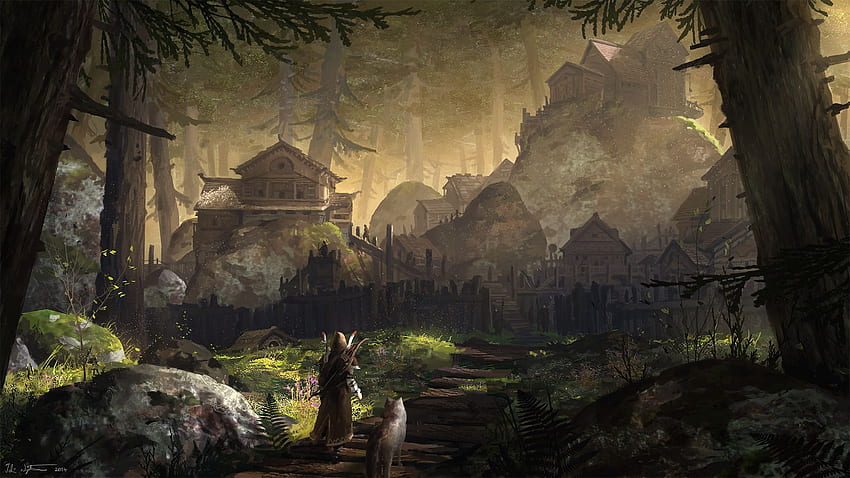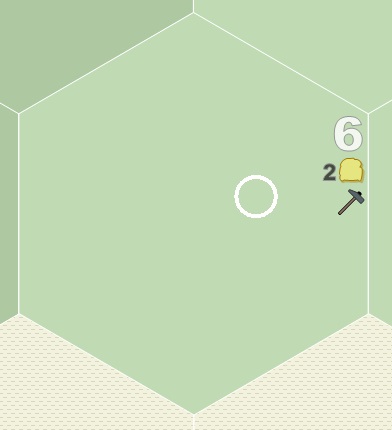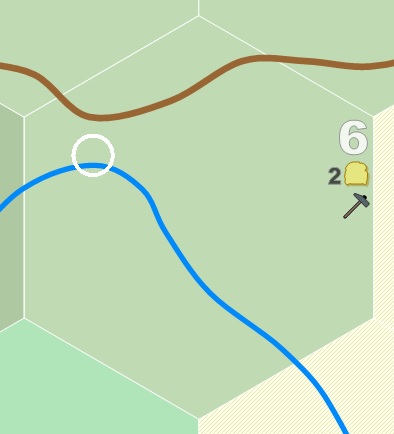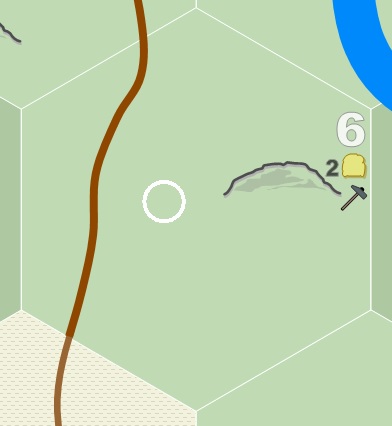Difference between revisions of "Hamlet"
Tao alexis (talk | contribs) |
Tao alexis (talk | contribs) |
||
| Line 5: | Line 5: | ||
== Communal Hamlet == | == Communal Hamlet == | ||
| − | |||
| − | |||
| − | + | ||
| − | |||
| − | |||
| − | |||
| − | |||
| − | |||
| − | |||
| − | |||
| − | |||
| − | |||
| − | |||
| − | |||
| − | |||
| − | |||
| − | |||
| − | |||
| − | |||
| − | |||
| − | |||
| − | |||
| − | |||
| − | |||
Saw pits are supported by nearby [[Woodcutting (sage ability)|woodcutters]] who maintain a hovel in the hamlet. [[Windmill|Windmills]] may also occur if there hills in the hex, within a mile of the hamlet. There may be up to three windmills; a [[Gristmill|gristmill]] for certain; a [[Fulling Mill|fulling mill]] if a fibre, cloth or clothing reference exists; and a [[Winepress|winepress]] if there are three references to grapes and wine. Millers and their families dwell in hovels near the windmill. | Saw pits are supported by nearby [[Woodcutting (sage ability)|woodcutters]] who maintain a hovel in the hamlet. [[Windmill|Windmills]] may also occur if there hills in the hex, within a mile of the hamlet. There may be up to three windmills; a [[Gristmill|gristmill]] for certain; a [[Fulling Mill|fulling mill]] if a fibre, cloth or clothing reference exists; and a [[Winepress|winepress]] if there are three references to grapes and wine. Millers and their families dwell in hovels near the windmill. | ||
Revision as of 05:33, 3 January 2023
A hamlet is a group of rural dwellings that are too small to be considered a village, but possess an organisation that places them above thorps. There are four types of hamlet, associated with type-6 and type-5 hexes, depending on whether one or two hammer symbols are present. These four types, described below, are familiarly known as communal hamlets, bailey hamlets (or "hamlet forts"), free hamlets or reeve hamlets (also known as "gallows hamlets").
In most cases, hamlets are made up of free persons, though the amount of freedom varies, as does local admistration. Very little opportunity for trading exists, though some products — like bread, flour, river access or a place to safely camp are readily available, depending on the hamlet encountered. The basis of prosperity for most everyone is the production and transshipment of food, wood and stone.
Communal Hamlet
Saw pits are supported by nearby woodcutters who maintain a hovel in the hamlet. Windmills may also occur if there hills in the hex, within a mile of the hamlet. There may be up to three windmills; a gristmill for certain; a fulling mill if a fibre, cloth or clothing reference exists; and a winepress if there are three references to grapes and wine. Millers and their families dwell in hovels near the windmill.
Altogether, the largest communal hamlets, which possess every possible facility, have 45-121 people (average 83) and 18-20 hovels. If the number is low, most will be adults. If high, most will be children. Facilities are as like to be provided by parent and offspring, siblings or married couples.
Governance
Decisions within the communal hamlet are made by a council of elders, who ensure the residents maintain a traditional view of life. Community members belong to a single tribal group or clan; the prevalence of familial ties can become so strong that members must marry outside the hamlet. As marriages are arranged, it's common for several hamlets to respect agreements on these lines made by past generations.
Socage is paid jointly by all, helping to sustain every resident. Often it isn't paid at all, as the hamlet is often remote. Members of the community don't "own" their own land; land is communal. Even gardens planted in one's own yard. Debt is unheard of. Those to resent group authority, or make trouble, are dealt with through expulsion.
Within the barter economy, the garner is part of the community and therefore does not write notes payable to farmers within the hamlet. However, there are usually isolated farmers who deliver their goods, whose goods are paid for and records kept. Fees owed to the garner are owned by the whole community, with the elders determining how best to spend this money.
Examples
In the examples of type-6 hexes shown below, from left to right
- 1) The hamlet exists in no particular place within the hex, but it has a watersource that it accesses through wells. Physical effort is needed to irrigate small areas by hand, but rainfall is usually sufficient to grow crops.
- 2) The hamlet exists on a small 1 pt. river, which is sufficient to provide waterpower needed for a fulling mill, but not a gristmill nor a boat dock. Note that in the example, the hamlet is near a road but not on it; access to the road would be provided by a simple path.
- 3) The hamlet possesses a singular hill that would allow for a windmill, even if the hamlet were largely covered by a forest. Being within a mile of the hill means that again, this hamlet is recessed from the road.
Bailey Hamlet
This serves as a placeholder until the facilities and social factors needed to make this hamlet are completed.
See also,
Coin (symbol)
The Adventure



